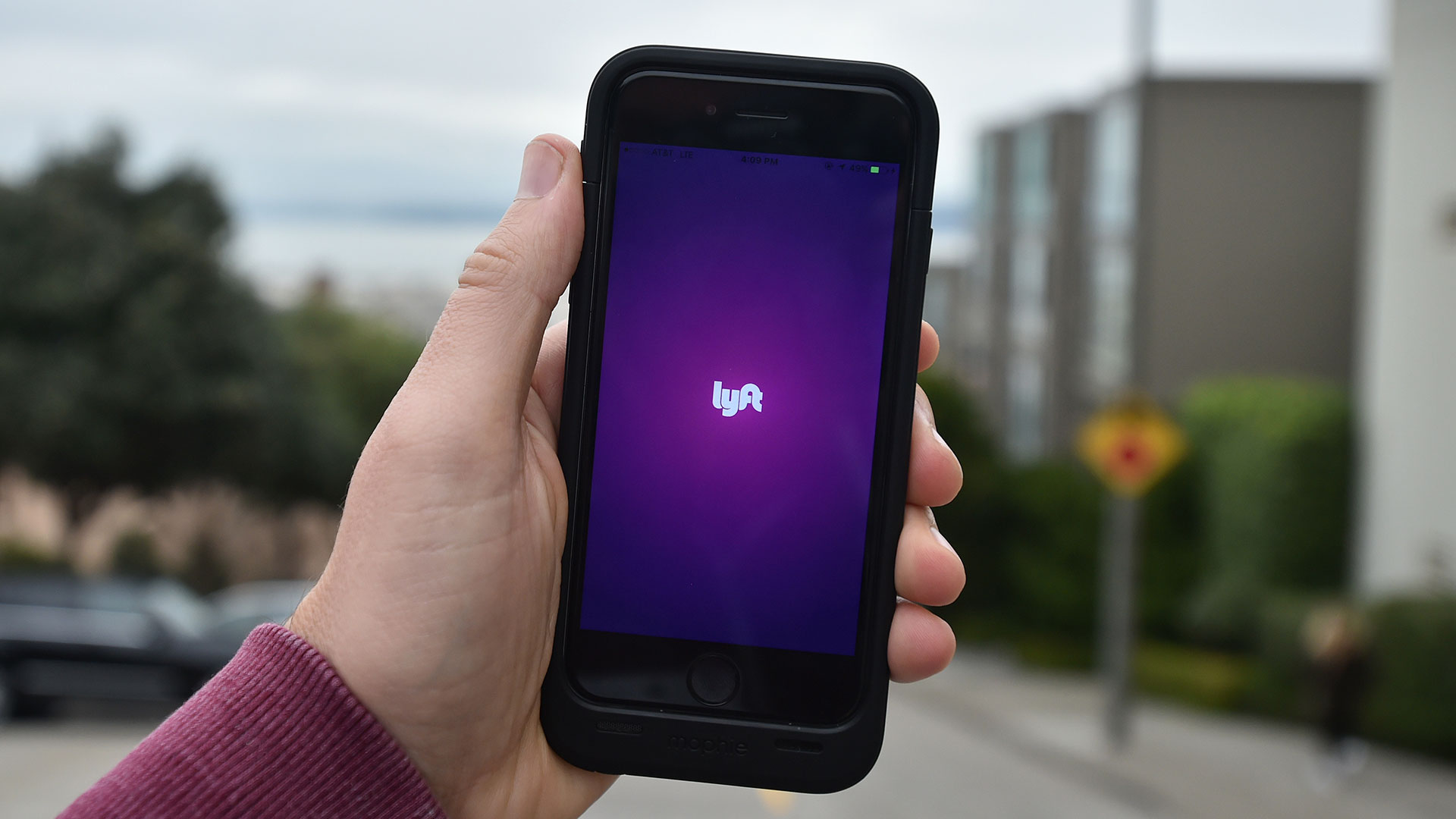

Ride hailing is all about the convenience of summoning a car to wherever you happen to be—but Lyft is now asking its customers to do a little walking. A new update to the app directs customers to stroll to more convenient pickup locations, in the interest of helping drivers.
The update is designed to help drivers avoid one-way streets and other obstacles that make picking up passengers more difficult, according to The Verge. Tricky pickups not only make drivers’ jobs harder, they can also make the overall trip longer—a fact Lyft is using to get customers to go along with the changes.
Customers still have the option to choose where they get picked up, but Lyft is encouraging them to use the pickup locations its app suggests. As an incentive, the app now displays the time saved by walking to a more convenient pickup spot. Lyft says these spots will be only a “short walk away,” and the app will calculate estimated walking time, accounting for potential delays at crosswalks.
Both Lyft and rival Uber already ask customers to walk to pickup locations for their respective carpool services. UberPool users in Manhattan are asked to walk to the nearest corner or intersection to meet their rides, notes The Verge. Lyft Shuttle actually mimics public transportation, operating on a fixed route with flat rates. Customers still get to decide where to be picked up along that route, however.
While some riders may not feel like walking, this update to the Lyft app could be a big help not only to Lyft drivers, but to all motorists. Giving Lyft drivers a more convenient place to pull over and pick up passengers could help smooth out overall traffic flow, preventing issues such as traffic on a narrow one-way street being blocked by a stopped Lyft car.
With ride-share use expanding, the impact of these services on traffic needs to be examined more closely. Conventional wisdom states that ride sharing reduces the number of cars on the road, in turn reducing traffic. But if everyone abandons their own cars for ride sharing, as many analysts and businesspeople believe, that won’t be the case. It’s up to ride-sharing operators to figure out how to keep their cars moving efficiently.